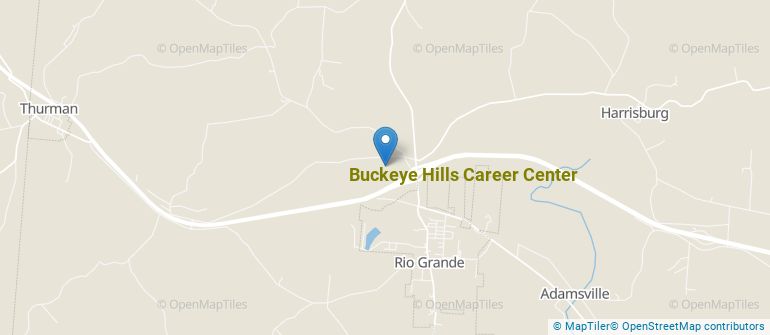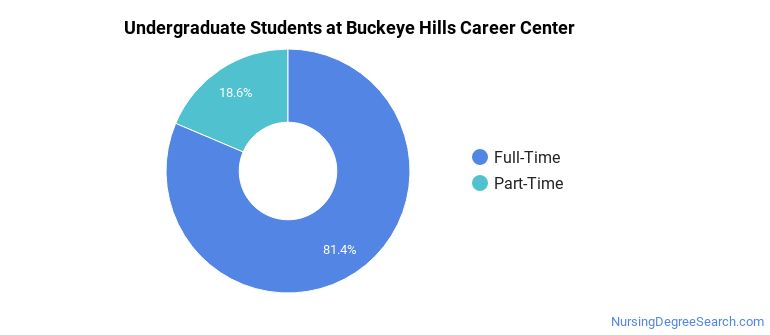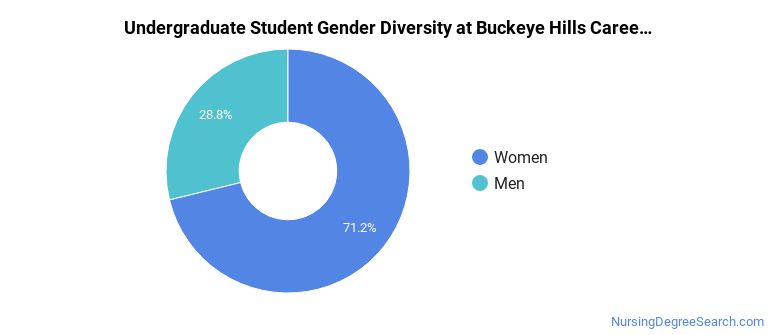Buckeye Hills Career Center Nursing Programs
Buckeye Hills Career Center is a public institution situated in Rio Grande, Ohio. The rural area surrounding Buckeye Hills Career Center is great for students who love a peaceful atmosphere.
Where Is Buckeye Hills Career Center?

Contact details for Buckeye Hills Career Center are given below.
| Contact Details | |
|---|---|
| Address: | 351 Buckeye Hills Road, Rio Grande, OH 45674-0157 |
| Phone: | 740-245-5334 |
| Website: | www.buckeyehills.net |
How Do I Get Into Buckeye Hills Career Center?
You can apply to Buckeye Hills Career Center online at: https://bhcc.axstudent.com/#/categories
Can I Afford Buckeye Hills Career Center?
Student Loan Debt
Almost 66% of college students who graduated with the class of 2018 took out student loans, but that percentage varies from school to school. At Buckeye Hills Career Center, approximately 63% of students took out student loans averaging $7,132 a year. That adds up to $28,528 over four years for those students.
Buckeye Hills Career Center Undergraduate Student Diversity

Gender Diversity
Of the 118 full-time undergraduates at Buckeye Hills Career Center, 29% are male and 71% are female.

Racial-Ethnic Diversity
The racial-ethnic breakdown of Buckeye Hills Career Center students is as follows.

| Race/Ethnicity | Number of Grads |
|---|---|
| Asian | 0 |
| Black or African American | 1 |
| Hispanic or Latino | 0 |
| White | 105 |
| International Students | 0 |
| Other Races/Ethnicities | 12 |
Buckeye Hills Career Center Nursing Concentrations
The table below shows the number of awards for each concentration.
| Major | Basic Certificate | Undergraduate Certificate | TOTAL |
|---|---|---|---|
| Licensed Practical/Vocational Nurse Training | 0 | 31 | 31 |
| Nursing Assistant/Aide and Patient Care Assistant/Aide | 5 | 0 | 5 |
| TOTAL | 5 | 31 | 36 |
References
*The racial-ethnic minorities count is calculated by taking the total number of students and subtracting white students, international students, and students whose race/ethnicity was unknown. This number is then divided by the total number of students at the school to obtain the racial-ethnic minorities percentage.
More about our data sources and methodologies.
